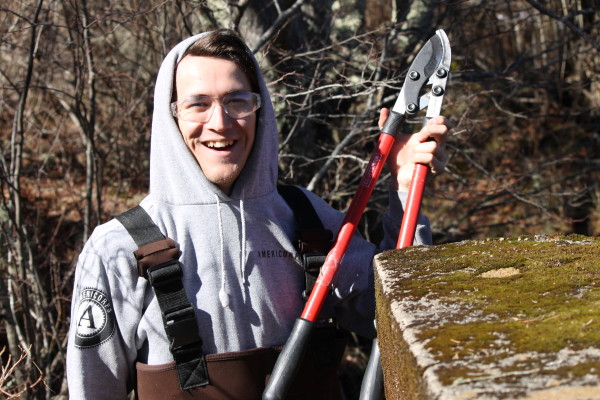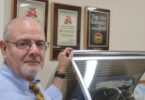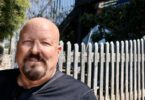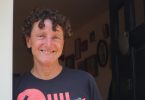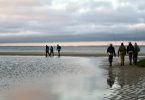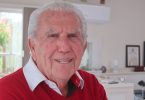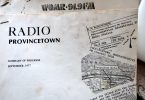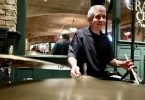CAPE COD – “I almost feel like I’ve gone back in time to the 60s and the 70s,” said Darlene Johnson-Morris, Americorps Cape Cod program director. “This is generation aware.”
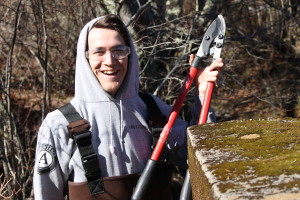
Americorps Cape Cod member Miles Sabine of New Brunswick Canada heading to work on the Quashnet River.
Specifically, she is talking about the 32 Americorps Cape Cod members who live at the poverty level for one year in group housing in either Wellfleet or Bourne, and serve 51,000 combined community service hours, helping 60 service partners across the Cape. These service partners, nonprofit and government agencies from Bourne to Provincetown include town shellfish wardens, conservation groups, and even a marine mammal rescue organization.
“They help maintain the beautiful resources that we have,” said Johnson-Morris of the environmental-specific Americorps Cape Cod, which has been operating since 1999. (See also, Americorps Cape Cod – A Slideshow)
“Their contribution to the community is really startling,” said Lauren McKean, park planner for the Cape Cod National Seashore. “It’s incredible, the things they’ve been able to achieve, and the quality of work.”
And if disaster strikes, Americorps is part of Cape Cod’s backbone of disaster preparedness. “They have this ideal. They want to help,” said Johnson-Morris. “They want to make a difference. They want to serve.”
Americorps members on Cape Cod get free housing, and they live on a stipend of $6,425 a year, said program coordinator Christin Marshall. They qualify for food stamps. While they are serving, college loan payments are deferred, and if they serve 1,700 hours in the year, they receive $5,500 towards education – either to pay student loans or further their education.
The Americorps Cape Cod program is paid for by a matching grant of $425,000 from the Corporation for National and Community Service, which funds Americorps programs across the country. Barnstable County matches the funding, including $250,000 in cash, as well as supply a house in Bourne. Two other houses are used by permission of the Cape Cod National Seashore.
Annually, the program applies for the grant and asks the county for funding, said Johnson-Morris. “Barnstable County has been the backbone of this program,” she said. But she added, “Every year, you’re singing for your supper.”

